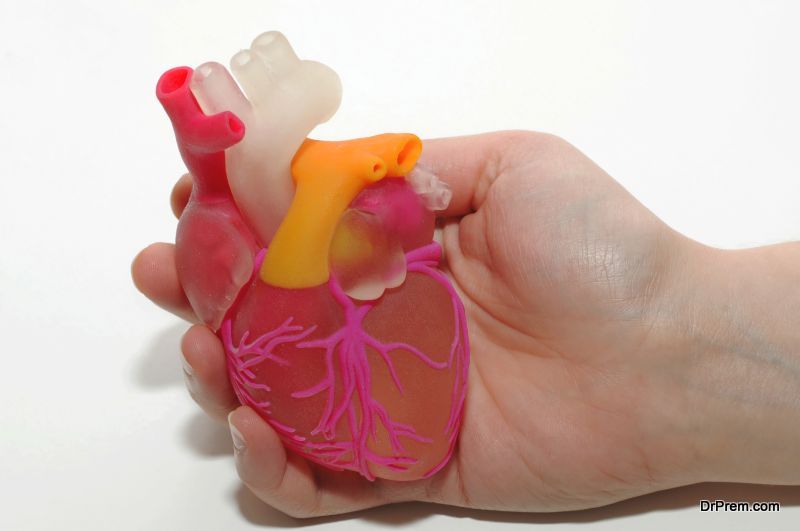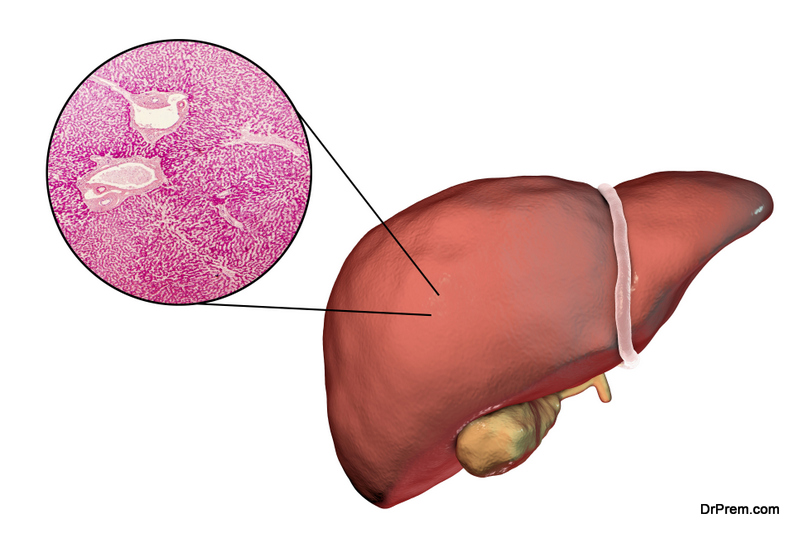Millions of people throughout the world require organ transplants. There is a great shortage of healthy organs, and hundreds and thousands of people die because they did not receive an organ in time or because their bodies rejected the transplant. Scientists are doing researches on it. In certain cases, 3D printed organs have been used as transplants. 3D Bioprinters having printed hearts, livers, prosthetic eyes, etc are still in the experimental stage but in the future, transplant surgeries using 3D body parts could become extremely common. Read on to find out more:
How are organ transplants printed
3D printer which use biodegradable materials and living cells can print out organs and tissues. The 3D printer follows the blueprint of a CT scan and prints out the organ of choice, and takes us closer to the reality of bespoke organs grown in the laboratory. The research into organ transplant using 3D body parts began almost 20 years ago, but it has now reached the testing phase. Soon we might see custom printed body parts that possess the capacity to renew and regrow.
Though commercial mass production of 3D implants will take some time, here are a few instances of 3D printed transplants which have been used successfully on human patients:
Heart Valve
Cornell University researchers used 3D printers to create a functioning heart valve which can grow within the patients. In 2013, their study was published in the Journal of Biomedical Research in which they reported using 3D printed heart valves to treat patients with congenital heart defects. Heart is one of the organs that are transplanted the most, and body parts made using 3D printers for transplant will be able to generate artificial hearts which could be crucial for many people suffering from heart problems.
Spine
Doctors in India’s Medanta hospital, replaced successfully the infected vertebra of a patient with 3D printed titanium implants. The patient could walk after a couple of months, as reported in the Deccan Chronicle.
Eyes
British engineers at Manchester Metropolitan and Fripp Design, London unveiled a prosthetic eye which looks very realistic, more so than the ones available today. Body parts using 3D printers for transplant, such as prosthetic eyes, are cheaper than the handcrafted ones which are used now, as the technology has the capacity to print 150 eyes in one hour, thus cutting costs and providing an aesthetically pleasing result.
Blood vessels
A problem faced in the creation of synthetic body parts / organs is that it is very difficult to create the vascular system. But according to new research published in the Advanced Materials journal, a method has been invented which could generate hollow channels inside 3D printed organs to enable blood to flow through the artificial body part. This is big breakthrough for future transplant surgeries using 3D body parts.
Ears
Researchers at the Princeton University were able to merge cartilage tissue successfully with electronics resulting in a ‘bionic ear’ which is fully functioning. The bionic ears are a viable option now, as cartilaginous tissues need much less vascularisation when compared to other tissues. With successes such as this, organ transplant using 3D body parts will be a reality soon.
Skin cells
Available since 2011, the SkinGum has treated many burn victims. It is done by spraying the burnt skin with the victim’s own epithelial stem cells. But researcher at Wake forest discovered 3D bioprinting was a better option of treating deep burns, as it can go deeper inside the tissues and treat many layers of skin.
Liver
Organovo scientists have developed the first liver tissue which was bioprinted using 3D technology. The artificial liver tissue contains all the primary human cell types found in the liver.
Organ transplant using 3D body parts can help a lot of people with damaged livers.
Vagina
Wake Forest doctors revealed that they had constructed vaginas using the process of 3D scaffolding. According to the findings published in The Lancet, the four women who received the implants reported normal sexual functions.
3D printed body parts is the next step in medical science, it may prove to be a boon for millions of people who have damaged body parts due to disease or accidents. Bespoke printed organs may increase the success rate of organ transplants and save many lives.







